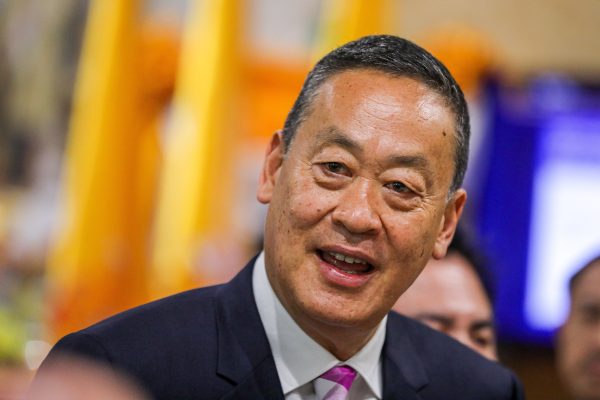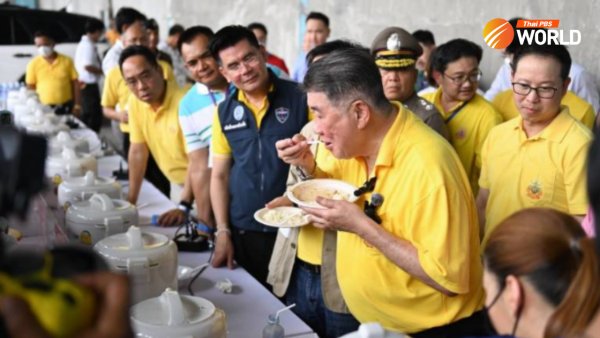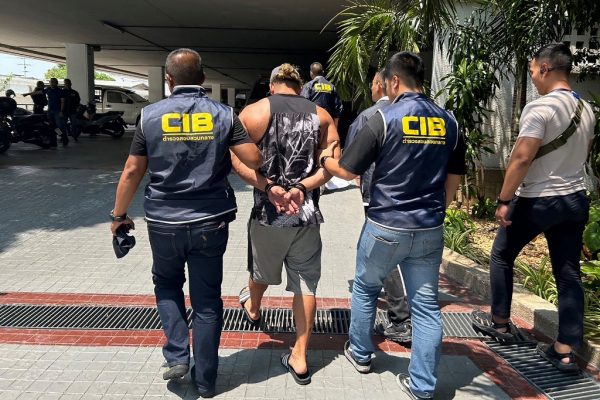Can Thailand escape a second wave of COVID-19?

Despite impressive results in controlling COVID-19, Thailand is not immune to a second wave of infections, experts warn.
Many factors could trigger a fresh surge of infections nationwide, according to Prof Dr Thiravat Hemachudha, director of the Thai Red Cross Emerging Infectious Disease Health Science Centre.
“First and foremost, Thais have become convinced that the country is completely free from COVID-19 cases and are now lowering their guard. By not wearing a face mask, frequently washing hands and maintaining social distancing, they have built risks,” the medical expert pointed out.
Thailand has not seen a local transmission of the virus for about 80 days, according to data from the Centre for COVID-19 Situation Administration.
However, Thiravat warned it was impossible for Thailand to be completely free of local COVID-19 cases just six months after the virus began spreading across the world and when many countries are still experiencing high infection rates. It may appear that coronavirus has been eradicated from the country, but only because infected people are asymptomatic, he said.
“Young people who are still healthy may not show any symptoms after getting the virus. But though asymptomatic, they can spread the disease,” he explained.
He added that using public transportation heightened the risk of infection because bus users, for example, were no longer socially distancing.
Allowing young children to return to class is also a big risk because it is difficult to keep them apart, he said.
“As for people travelling here from overseas, strict screening and quarantine must be in place.”
Dr Tanarak Plipat, deputy director-general of the Disease Control Department, agreed that the chances of Thailand facing a second wave of COVID-19 are high. “But we hope that the spread of the new coronavirus, if it happens, will be limited,” he said.
The two doctors were speaking at a time when many businesses in Thailand are struggling under the weight of the COVID-19 fallout, including disease control measures that have hit businesses. The virus has, so far, infected 21 million people worldwide and killed at least 745,000.
Tanarak said Thailand’s goal was not zero coronavirus cases, but to control its spread as efficiently as possible.
“If we detect COVID-19 infections in Thailand, we must try to ensure the outbreak is controlled and does not spread widely,” he said.
However, to achieve this, the public will need to change their attitude. He said it was time people realised that they could go out even if COVID-19 existed. “Actually, even after a COVID-19 vaccine is made available, the disease will still be around. It’s just that precautions and vaccinations will prevent COVID-19 from overwhelming hospitals,” he added.
Fresh surges overseas
He emphasised that Thailand should learn from Vietnam, which had successfully controlled the COVID-19 outbreak until local cases suddenly began emerging in the tourist city of Danang. The city has suffered at least 355 cases and 11 deaths since the outbreak hit late last month.
“It remains unclear how COVID-19 suddenly resurfaced in Vietnam,” Tanarak said, adding the virus may have lingered under the radar for weeks before exploding again when people lowered their guards. Another possible cause was flawed quarantine of people returning from overseas, or illegal migrants slipping across the border, he said.
Hong Kong, which won global praise for its effective battle to contain COVID-19 earlier this year, has since been hit by a second and third wave of infections. Experts have slammed the Hong Kong government’s decision to waive tests and quarantine for over 200,000 arrivals, as well as a measure allowing people to self-quarantine with electronic monitoring devices.
Meanwhile New Zealand has been hit by a second wave, and will have to decide soon whether to retain its hard lockdown given the huge economic cost as well as mounting global evidence that the virus cannot be permanently suppressed.
Potential second wave
Tanarak said precautions taken by people and organisations, plus early detection of COVID-19 cases, were crucial to any effort to rein in the second wave of infections, if and when they start surfacing in Thailand.
He insisted that people should continue wearing face masks, frequently wash their hands, eat well-cooked hot food, and avoid crowded places.
He recommended that organisations keep workers at home as much as possible, or at least arrange flexible working hours to avoid crowding. He emphasised that physical distancing measures must also be in place. “Closed, air-conditioned places have a 19-times higher risk of COVID-19 transmission than outdoor spots,” he said.
Medical facilities, meanwhile, must continue to actively seek COVID-19 cases, he added. For example, they should conduct a COVID-19 test on any patient suffering from lung inflammation. “Don’t wait until a cluster happens,” he said.
Tanarak revealed that trace-and-test efforts were up and running. For example, when an Egyptian soldier visiting Rayong was found to be COVID-19-positive, about 1,000 samples per day were quickly collected with the help of a medical vehicle to determine if people living in the nearby area had been infected.
Authorities have also prepared for a possible new eruption of COVID-19. For example, there are now 1.12 million N95 face masks and 511,000 personal-protective-equipment sets in stock for medical staff.
“We also have 11,000 ventilators available,” Tanarak said. “This is over and above the supply of medicines such as Favipiravir for treatment of coronavirus patients.”
He added that all returnees from overseas faced mandatory COVID-19 tests and immediate isolation and medical treatment if found infected.
“Being alert and reacting fast should help us contain the second wave, when it occurs,” he said.
By Thai PBS World’s General Desk






